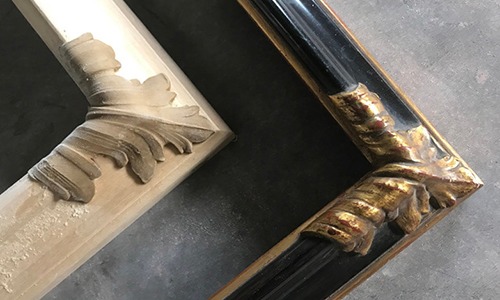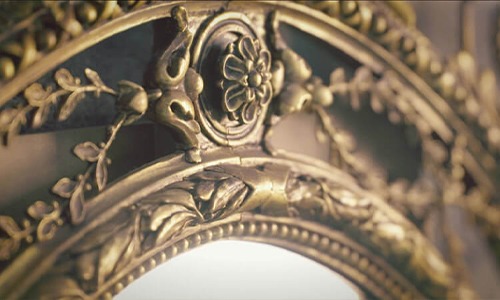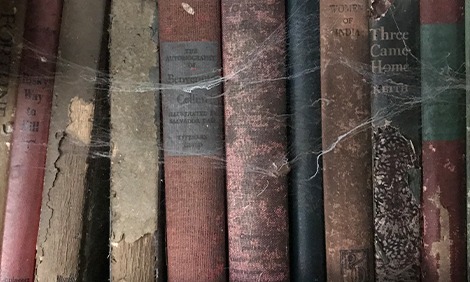Wildfire
Initial Recovery of
Fire Damaged Collections
Wildfire, Initial Recovery of Fire Damaged Collections
By April Hann Lanford
Time is of the essence when fine art, artifact, and furniture collections are exposed to soot and smoke from a fire. The longer soot rests on the surface, the more difficult it can become to successfully clean.
The following are a few proactive steps to start safeguarding and recovering a compromised collection:
- Safety first – Check with local authorities to confirm that it is safe to return. Your personal safety is the most important. In addition to the structural instability of buildings and homes, there is also the risk of flash floods and mudslides that might follow.
- Proper PPE – Before entering, make sure you are wearing the proper safety equipment for the environment. Heavy soled shoes, gloves and a mask are an absolute must.
- It may seem counter-intuitive but take your time – Remember that you are working in a compromised environment. There may be limited lighting, the structure will likely be compromised, there will be broken glass and debris to navigate on the floor. The items you are handling might also be compromised and require even greater attention when moving.
- Image-Upper Right – An example of working in a compromised environment, antique ceiling tiles are delaminating and falling from the ceiling. These are a risk to personal safety, but these are also are at risk of further damage, and potential loss if recovery crews are not aware of their importance in this historic home.
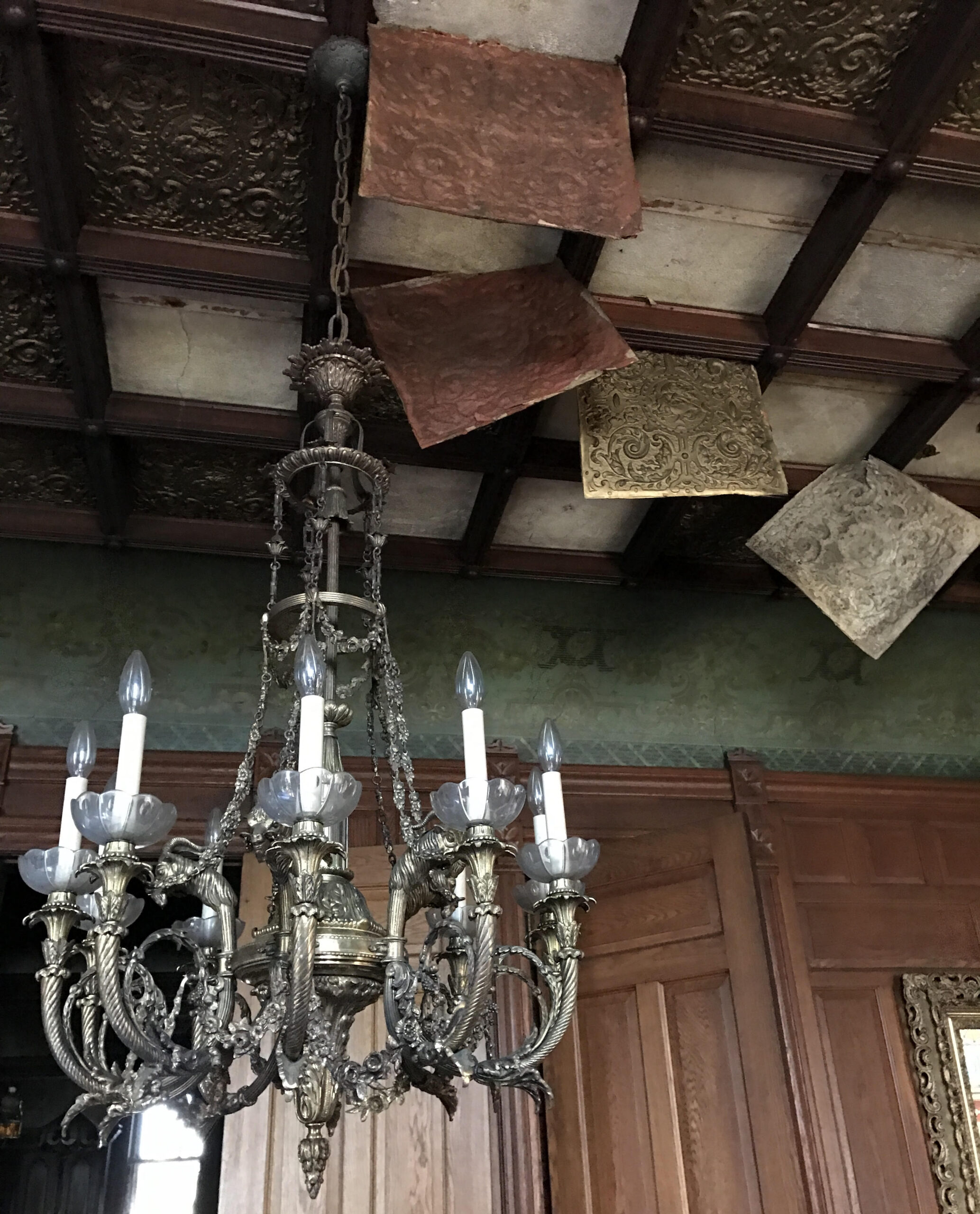
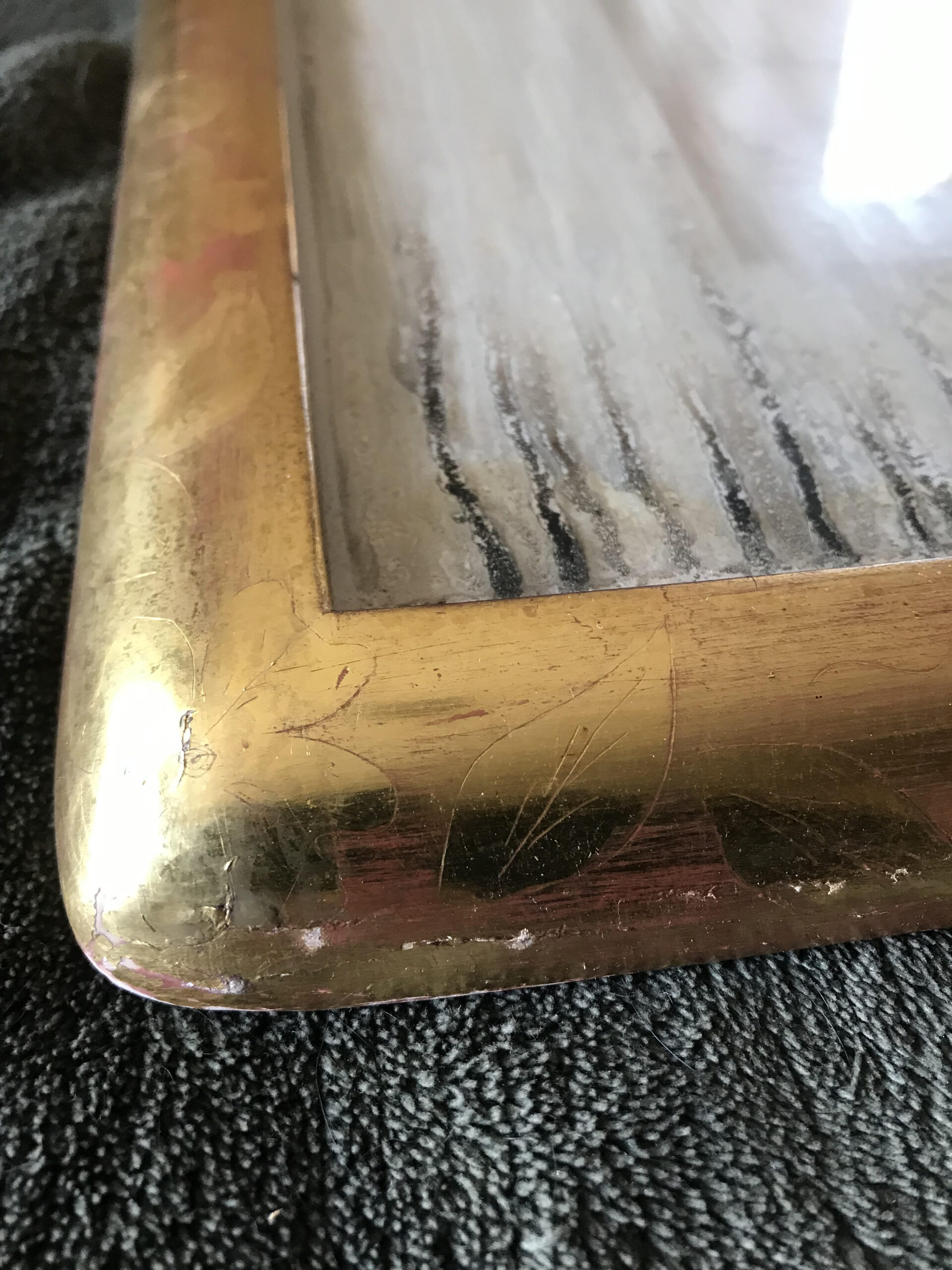
Be mindful of mold – Even though you are dealing with fire damage, the items were likely exposed to water, whether from water used to put out the fire, or fluctuations in humidity that lead to condensation. If the collection has sat in an uncontrolled environment, there may also be active mold.
Image-Left – Condensation dripped down the face of the glass on this frame, seeping into the mat inside. The 22k gilded frame was damaged from the moisture as well exposure to soot. The artwork was able to be successfully treated with minimal intervention and the frame restored.
Upon arrival, document the space and collection with photos and video – This will help in a variety of ways, to track items, to identify the scope of damage as well as establish a timeline in the recovery process.
Creating an inventory and identifying priority items for care – Timing is critical during the aftermath. It is important to focus on the most important items first before proceeding with the rest of the collection.
Always wear gloves when handling items exposed to soot. The oil on your fingers can cross-link with the soot and further embed the soot into the surface of the piece.
Minimize handling of the items as much as possible. Soot is acidic and abrasive. Exposure to heat can also cause further instability to a surface. The more a piece is handled, the greater the risk of further damage.
Contact a conservator – A conservator can help with the recovery, prioritization, triage, and relocation of the affected items after a fire. The sooner the items can be addressed, the better the results for treatment. The longer soot is on a surface the harder it can be to successfully remove.
Always remember – It is important to never assume that a piece cannot be successfully treated. Often a piece, even with catastrophic damage, can be successfully treated. You should always check with a conservator for options. The documentation completed early on in the process is a great way to start the conversation about options and costs for potential treatment.
There are many variables to consider when safeguarding collections and recovering items after a fire loss. While a lot of collectors do not have access to offsite storage to safely evacuate their items when a wildfire looms, these preventive steps can go a long way. These days, even a sixty-second video walk-through of a collection can significantly help with recovery efforts in the future.
During the aftermath when local resources for response and recovery are inundated, taking the proactive measures listed above can significantly impact the successful recovery of your collection.
The most important lesson to remember is to never assume that a piece is a loss. The field of conservation offers a combination of traditional techniques and modern technology which can yield a lot of successful options for the treatment of a piece. The sooner an item can be addressed, the better the results.
312-344-0331
Our collection of educational articles about
custom framing, collection care, and emergency response are updated regularly.
Click on each topic below for a menu of corresponding articles.
Collection Care Articles
By April Hann Lanford
Our collection of educational articles provides an introduction to many topics about the preservation and conservation of fine art, antiques, and fine furniture.
Topics are often written as a result of questions provided by our clients.
Emergency Care Articles
By April Hann Lanford
Our emergency care articles are a helpful introduction to how to prevent damage through preventative measures or art and antique collections. When a disaster strikes, prompt response and taking the right steps can mitigate further damage.
Antique Trader Articles
By April Hann Lanford
Visit our collection of articles that have been published in Antique Trader.
antiquetrader
For more than 60 years Antique Trader has been inspiring, informing, and entertaining the collecting community with timely...
Projects
By April Hann Lanford
A selection of Artifact’s most recent projects highlighting our conservation and preservation work. We present each unique story describing the conservation process from reviewing the history, cause of loss, and condition to the steps of the treatment.
Glossary
A collection of art and conservation terms along with makers and firms compiled into a glossary and highlighted throughout our website for reference.
Emergency Care
24/7 Hotline(312) 344-0331
We are available to assist you
Main Location
840 N. Milwaukee Ave, Chicago IL 60642
Mon-Fri: 9:00 am - 5:30 pm
Sat: 10:00 am-4:00 pm
Sun: Closed
Complimentary parking is available in the loading zone in front of the building
We can also serve you by appointment at our other locations in the Chicagoland area.
Additional Locations
Schiller Park • Highland Park • Lake Forest • Lincoln Park • Nashville, TN
Copyright 2024, Artifact Services, LLC | An Artmill Group Company

